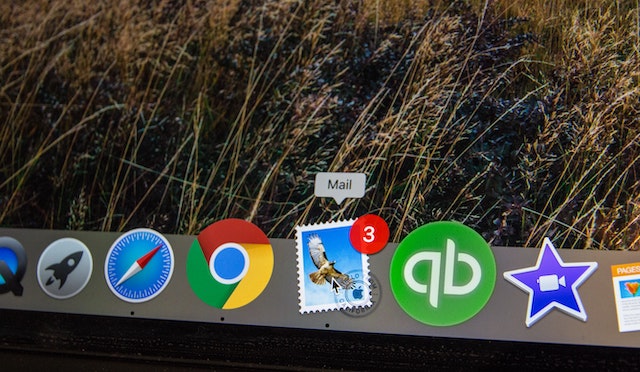
Intro. News update. Writing report. Here's what I'm reading. Snore.
Even the best author email newsletters can get repetitive. Repetition leads to stagnation, which leads to boredom. And that’s certainly not good for writers like us.
But we've got something working in our favor... creativity! So let's use that creativity to spice up our emails. In this article, I’ve got three key suggestions to get you started.
1. Write an Email as Your Character
This method is especially effective around the release of a new book. Instead of writing yet another email to your fans, have your protagonist do it.
The content can vary. Maybe your character describes their latest adventure, or maybe they write about a new one. Maybe your character knows you usually write the updates, so they cheekily critique your work. Depending on the character, maybe they don’t even want to be writing it!
Whatever you choose, this is an excellent way to freshen your email communication. Think of it this way: Your readers signed up for your newsletter because they like your work. Giving them more from your characters is an extension of your writing, thereby functioning as bonus content. Plus, it should be a fun exercise for you.
2. Send a Story
What’s one of the best ways to show you care? Treat your email subscribers to an exclusive short story!
A 3,000-word tale is lengthy for a standard email, so I’d recommend something shorter. If you write flash fiction (500 to 1,000 words, give or take), this is a great way to share it. You probably won’t do this often, since even the shortest stories take ample time to create, but it could be a fun diversion when the situation calls for it.
Just don't forget to make it an exciting affair. Let readers know that they’re getting some thing special in the email by writing a peppy subject line. For example, you might try, "New story inside" or "Exclusive short story enclosed." Let your subscribers know this isn't just another newsletter. This one is special!
3. Create Automations
Want your email client to do some work for you? Try automations. They're valuable, efficient, and surprisingly fun to design. Plus, when you make them just right, you feel pretty clever.
Email automations are messages sent automatically when a subscriber fulfills a pre-designated condition. For example, when readers visit my site and subscribe to my newsletter, my Mailchimp account automatically sends them a free eBook. This is an automation, since the email client does the work for me.
But that’s just a basic automation. There are plenty more to try. For example, after people receive my initial email, they will get a follow-up message that sends a week later. The second email asks if they enjoyed the free book, then suggests a couple more books they might enjoy. If they liked the free one, hopefully they'll use the automation to purchase another. This is a small scale version of what’s known as a drip campaign.
If you have your own website, you can go really nuts with automations. For example, if readers buy eBooks or audiobooks directly from your site, you might send reminder emails to those who filled a cart but haven't checked out. Or, once readers buy a book, you can send them a follow-up email with a discount code for future purchases.
Of course, like most email marketing, moderation is essential. Don't go overboard! If you send people too many emails, you run the risk of losing your subscribers. Send them only useful information, and be empathetic. Ask yourself: Would I want to receive this email, or this many? If not, don't send.
Parting Thoughts
Spicing up your emails isn't just beneficial for your readers – it's fun for you, too. So try these tips and enjoy!

